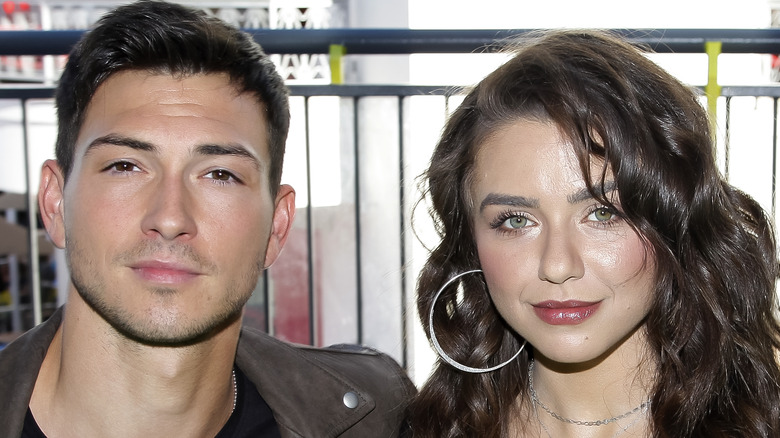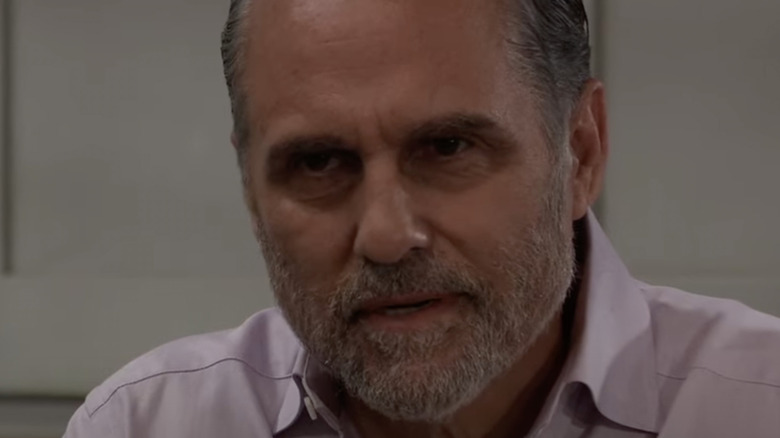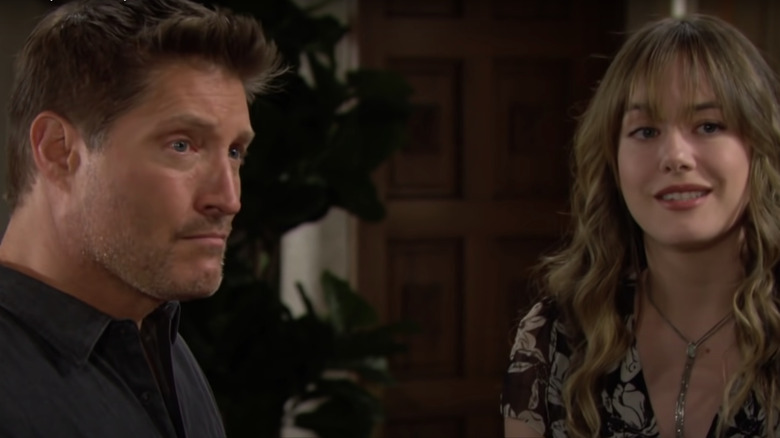Here's What Makes Soap Operas Look Different
Anyone who's watched daytime TV knows that soap operas are a unique television genre. In fact, the genre is in such high demand that it doesn't resort to showing rerun seasons, as many other fictional series do. Per TV Line, the popular soap series "Days of Our Lives" taped so far in advance that it had enough episodes prepped to air all-new stories, even during the COVID-19 shutdown in 2020. Other popular soaps — "The Young and The Restless," "The Bold and the Beautiful," and "General Hospital" — all aired repeat episodes from past years during that time period, according to TV Line.
One key characteristic of soaps is that they often feature the same actors, who portray the same characters for decades. As of this writing, IMDb reports that Susan Seaforth Hayes has been bringing Julie Williams to life on "Days of Our Lives" for over a half a century. Likewise, actor Genie Francis is still the same Laura she was in the early '80s, when Luke and Laura were a pop culture phenomenon on "General Hospital," according to IMDb. Along with their recurring characters, soaps are also unique because they look different from other shows. This is because of the way the soaps are produced and the techniques that are employed in order to give them that look.
Daytime programming used videotape, not film
As the Smithsonian Magazine tells us, soap operas began airing on the radio nearly a century ago. While soapsters hit televisions around the 1950s, the current look we see on our screens now wasn't developed until the 1970s, when all soaps were produced in color and shot on videotape, as opposed to primetime shows which still used film. Because video uses more color layers and frames per second than film, soaps have clean lines that more closely imitate how we see things in real life, according to Sweetwater.com. As of this writing, all four soaps currently on the air have converted to using high-definition digital video, per Mental Floss. As the outlet notes, this gives them a higher quality look than the soaps that aired in the '70s, '80s, and even '90s, while still presenting a uniquely soap opera-like aesthetic. The last soap to convert to high-def digital video was "The Bold and the Beautiful" in 2011, via Cheddar.
Per Mental Floss, budget constraints meant that daytime dramas initially used videotape, at a time when primetime programming (which brings in more revenue) made the switch to film. Videotape led to soaps' most dramatic tried-and-true tropes: the long closeup. According to Mental Floss, soaps resorted to using close, tight shots to compensate for lower-resolution video. Today, these lingering closeups are what daytime audiences have come to expect.
The lighting and camera setup changed everything
Unlike primetime television shows and feature films, soap operas use a three-point lighting technique which is more commonly found on productions with small interior sets, according to Mental Floss. This technique produces crisper lines and more contrast in the quality of the picture, which helps to highlight performers and make them the focal point of the shot. Per the outlet, sets on soap operas are evenly lit to help with the three-camera shooting technique. This helps the actors to move throughout the set naturally, without having to halt production during a scene to set up another camera. With fewer stops and starts, soaps find it easier to stay within budget.
According to Cheddar, soap operas are also meant to feel like theatrical productions with stories told onstage, and no fourth wall. Thanks to the three cameras, the audiences see a scene unfold in the same way they would see a play onstage, which gives soaps more of their trademark dramatic feel. From the pace of storylines, to the familiarity of characters, and their uniquely filmed look, the soap opera is truly in a television genre class all by itself.


